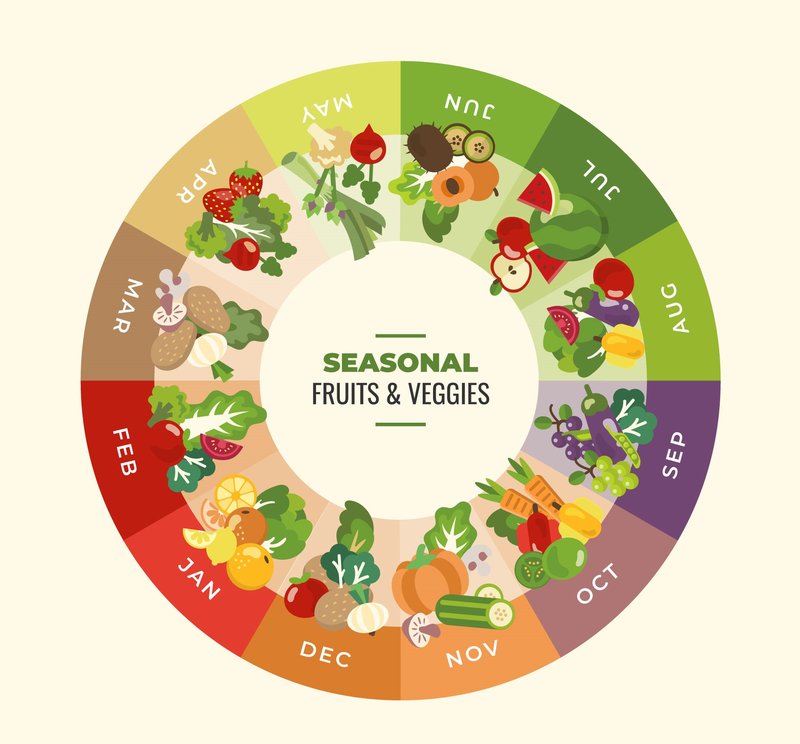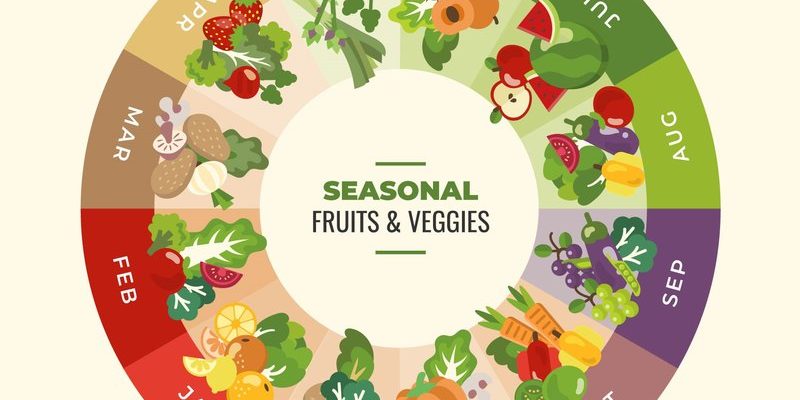
Think of it this way: if you’ve ever noticed how your gardening habits change between spring and winter, you can start to appreciate how environmental factors influence the life cycle of *Trichinella spiralis*. This parasite, which primarily infects mammals, adapts its behaviors and reproductive strategies depending on the time of year. So, let’s take a closer look at how these seasonal patterns work, what they mean for wildlife and human health, and how scientists study them in the field.
Understanding the Life Cycle of Trichinella Spiralis
To grasp the seasonal behavior of *Trichinella spiralis*, it’s essential to first understand its life cycle. This parasite begins its journey in the intestines of its host—usually a carnivorous or omnivorous animal. Once ingested, the larvae hatch and mature, entering a reproductive phase. This is when things get particularly interesting.
After mating, the female produces larvae that migrate into the host’s muscle tissues, where they encyst, effectively “going to sleep” until the host is consumed by another animal. This is where we see a crucial connection to seasonal behavior. During warmer months, when animals are more active and more likely to be in close contact, the chances of transmission dramatically increase.
Let’s break down the life cycle stages:
- Ingestion: An animal eats undercooked meat containing larvae.
- Development: Larvae mature in the intestines.
- Migration: Larvae invade the muscle tissues.
- Encystment: Larvae remain dormant in the host until eaten.
Understanding these stages helps researchers predict how *Trichinella spiralis* populations might fluctuate with the seasons.
Field Studies: Observing Seasonal Patterns
Field studies provide valuable insights into the behaviors of *Trichinella spiralis* throughout different seasons. Researchers often collect samples from wildlife, examining factors such as temperature, humidity, and the presence of host animals. These studies play a vital role in understanding how *Trichinella* behaves in natural settings.
For example, during the warmer months, researchers might notice an increase in the number of infected animals. This could be linked to higher survival rates for larvae in warmer soil or increased interactions between hosts. Conversely, as temperatures drop, the transmission rates often decline, leading to a decrease in infection levels.
Field studies can also reveal how environmental variables affect the encystment process. In colder months, the larvae remain dormant longer, making it crucial to track these patterns to predict outbreaks. By analyzing data from various regions, scientists can develop models to estimate when and where trichinosis cases are likely to spike, helping to inform public health measures.
Environmental Factors Influencing Seasonal Behavior
Several environmental factors significantly influence the seasonal behavior of *Trichinella spiralis*. Temperature is perhaps the most obvious one. Warm climates tend to promote higher rates of reproduction and survival for the larvae, while colder temperatures can inhibit their development.
Rainfall also plays an important role. Wet conditions can create habitats that favor the survival of intermediate hosts, like rodents. An increase in these hosts directly impacts the lifecycle cycle of *Trichinella spiralis*, leading to more potential infections for larger predators.
Additionally, factors like food availability can affect host behaviors. For instance, during autumn, animals often prepare for winter by foraging more aggressively. This increased activity can lead to higher levels of *Trichinella spiralis* transmission, as animals come into contact with feces that contain the infective larvae.
The Impact of Wildlife Movement
The movement patterns of wildlife also have a direct impact on the seasonal behavior of *Trichinella spiralis*. Animals migrate or change their ranges based on seasonal food availability, which can significantly influence how and when *Trichinella* spreads.
For example, predators that roam over large territories might encounter new prey during seasonal migrations, increasing the risk of transmission. If these predators consume infected animals, they can become carriers themselves, facilitating the spread of *Trichinella* to new areas.
In areas with diverse wildlife, interactions become even more complex. When larger mammals move into new territories, they can introduce *Trichinella spiralis* to populations that were previously unexposed. It’s a tricky dance of survival, where seasonal changes in behavior can have broad consequences for wildlife and humans alike.
Human Health Implications
Understanding the seasonal behavior patterns of *Trichinella spiralis* is not just an academic exercise—it has real implications for human health. Trichinosis, the disease caused by this parasite, primarily occurs when people consume undercooked or raw meat from infected animals.
As researchers observe spikes in wildlife infections during warmer months, public health officials can alert communities, particularly those that rely on hunting or foraging. Educating the public about the importance of properly cooking meat can help reduce the risk of infection.
You might be wondering, “Is there anything I can do to protect myself?” Well, yes! Being mindful of meat sources, ensuring proper cooking temperatures, and following safe food handling practices can go a long way in preventing trichinosis.
Future Directions in Research
Field studies are just the beginning. As our understanding of *Trichinella spiralis* evolves, researchers are looking into more advanced techniques to monitor and predict seasonal behaviors. Genomic studies can provide insights into how these parasites adapt to changing environments, which can help inform management strategies.
Additionally, using technology like remote sensing and geographic information systems (GIS), scientists can create predictive models that track the spread of *Trichinella spiralis* across various ecosystems. This information is invaluable, especially as climate change continues to influence wildlife migration patterns and habitat conditions.
—
In conclusion, the seasonal behavior patterns of *Trichinella spiralis* are influenced by a complex interplay of environmental factors, wildlife movements, and public health implications. By understanding these patterns, we can better protect both wildlife and ourselves from the risks associated with this parasite. So, the next time you enjoy a meal, remember to think about how seasons affect not just our food but also the organisms that share our planet.

